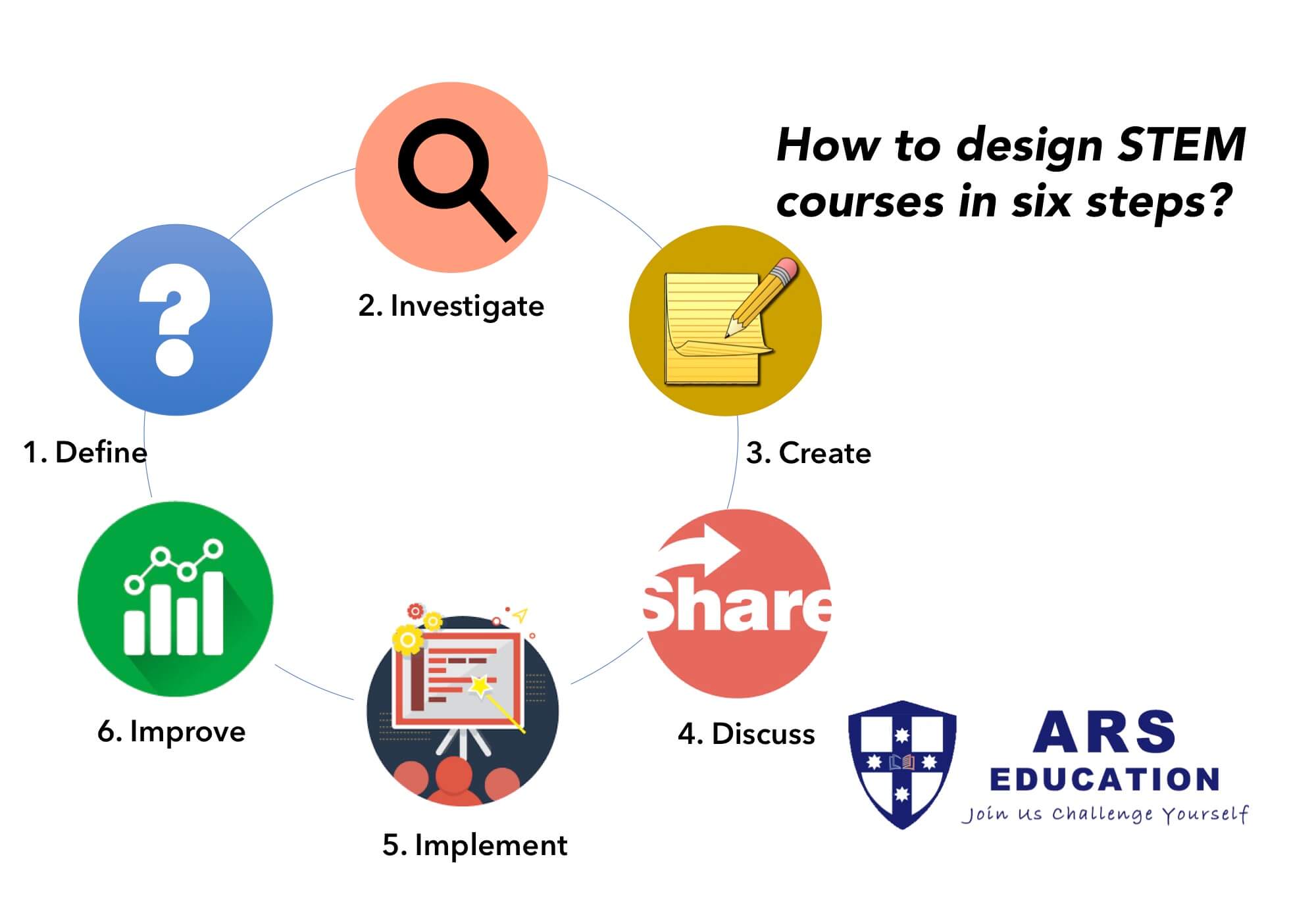ARS Education
As a provider of tools for STEAM education, Makeblock supports every initiative to involve as many students as possible to this multi-faceted approach to learning – ARS Education is one of those initiatives. Based in Sydney, Australia, ARS was founded by a PhD graduate of one of the Fellows of the Australian Academy of Science from the University of Sydney. To further raise awareness about the benefits of involving STEAM education practices into education, Makeblock is sharing an edited, condensed version of Dr. Matthew Pang’s paper, How to Design STEAM-education Courses in Six Steps and Maintain Our Top Teaching Standard?. The full whitepaper is available for download here.

In the past two years, ARS Education has organized over 50 science, technology, engineering and mathematics STEM events. These events aims to promote a new approach to revolutionize education and introduce the innovative educational philosophy among thousands of parents and students. With a large amount of curiosity and interest, parents are very impressed by our STEAM-education teaching outcomes. They are keen to know how the courses are designed and prepared to spark kids interest and their learning initiative.
After over 800 days and nights of hard work, we have reviewed and summarized our teaching pipeline, from course design, course delivery and to feedback review. It is the first time that we have decoded our course preparation work flow.
6 steps of work flow
There are 6 steps in our course preparation work flow, which has been strictly followed:
- Define the topic based on learning needs
- Search, investigate and select proper real-world problems for kids to solve
- Develop teaching materials
- Verify and validate the teaching prototype by sharing and discussion before delivering the formal course
- Deliver the course
- Collect feedback and refine course materials
Define the topic based on learning needs
What knowledge and skills shall we teach our students? How to guarantee that the key knowledge points are coherently connected? How do you design the courses to accommodate different levels of student development, understanding, knowledge and achievement? These are the questions we have been asking ourselves again and again since the beginning of each term. The proverb “give a man a fish and feed him for a day; teach a man to fish and you feed him for a lifetime”, best describes our teaching philosophy and is used as our guideline for the course preparation. The content of every course must be rich and coherent, colorful and innovative, which aims to spark kids’ interest and their learning initiative. More importantly, it helps to fuels student’s curiosity and ignite their self-driven investigative interests, even after the class.
Search, investigate and select proper real-world problems for kids to solve
To get students engaged and excited about what they are learning in classes of STEAM education, we encourage them to tackle real-world problems and to make them realize that what they are learning in class, have real-world applications. Working on solutions to real-world problems is the focus in our course preparation, which has been remembered in our mind. Different from the conventional education, which is instilling knowledge in students, STEM education not only empowers students to change the way of learning knowledge and skills, but fosters a passion of learning, which is the mission of STEM education.
With a page of seemingly irrelevant news stories, we introduced the concept of metrics, which appears everywhere in our everyday life and guided the students to explore the importance of mathematical skills in everyday things. Using an example of navigating a car to get around the trac with a GPS map, we introduced the concept of a block in coding. We have been challenging ourselves to create meaningful learning in the classroom. To turn the abstract concepts and dull theories into something visible and fun experiences, and enable the students to learn in an active, constructive and long-lasting manner.
Download the full whitepaper How to Design STEAM-education Courses in Six Steps and Maintain Our Top Teaching Standard? whitepaper here.
…..Click here to see more stories about Makeblock and You